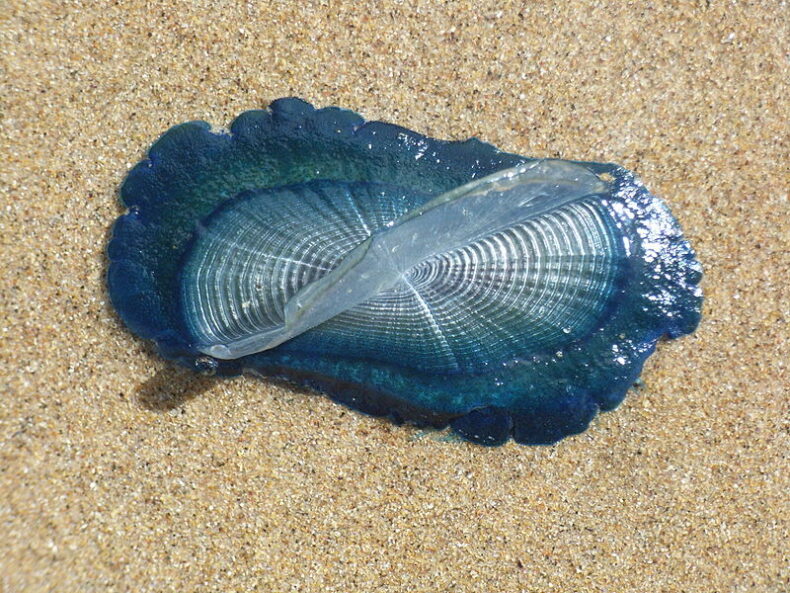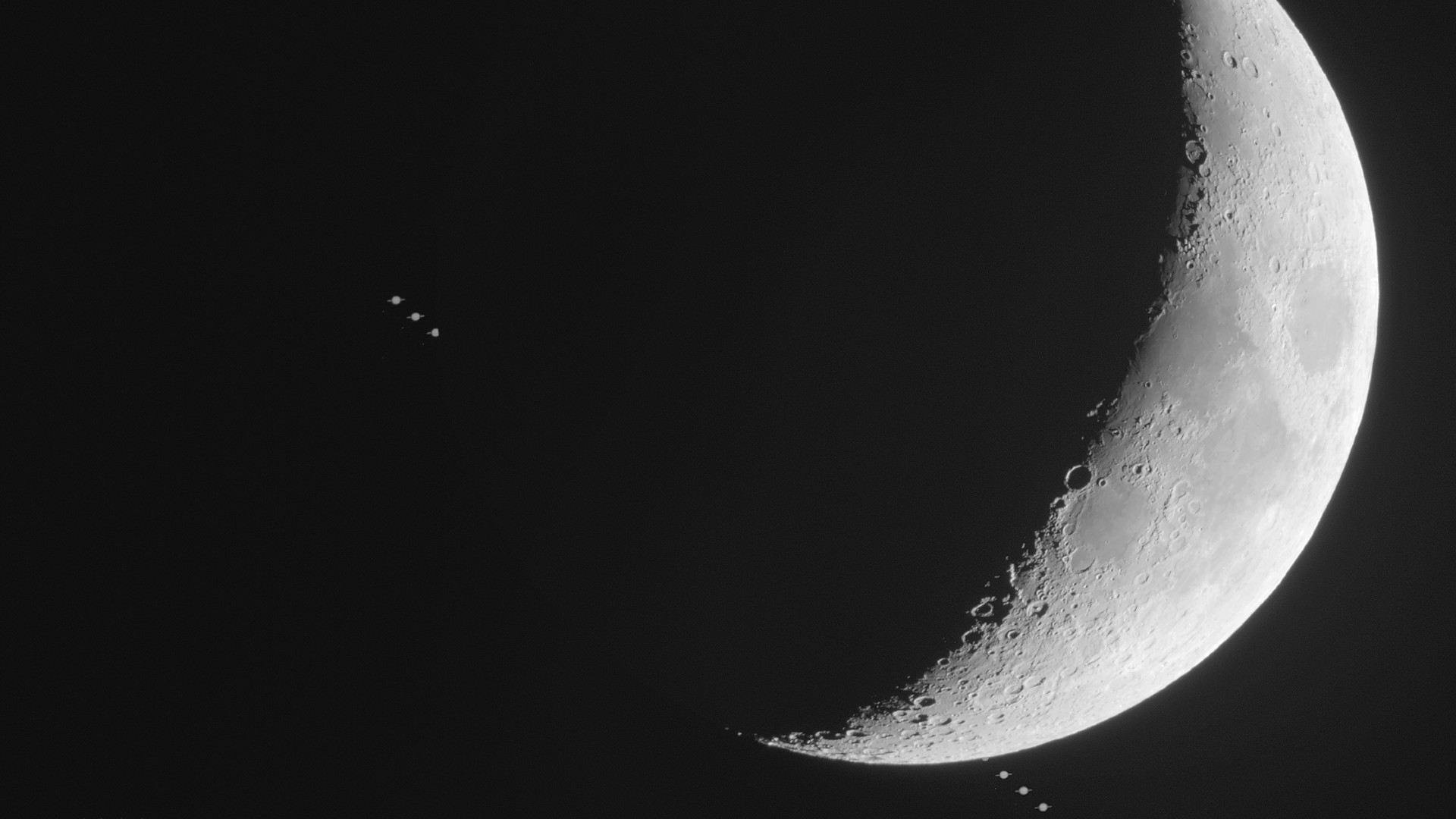The Star-Forming Party Ended Early in Isolated Dwarf Galaxies
Gas is the stuff of star formation, and most galaxies have enough gas in their budget to form some stars. However, the picture is a little different for dwarf galaxies. They lack the mass required to hold onto their gas when more massive neighbouring galaxies are siphoning it off. New research shows that even isolated … Continue reading "The Star-Forming Party Ended Early in Isolated Dwarf Galaxies" The post The Star-Forming Party Ended Early in Isolated Dwarf Galaxies appeared first on Universe Today.

Gas is the stuff of star formation, and most galaxies have enough gas in their budget to form some stars. However, the picture is a little different for dwarf galaxies. They lack the mass required to hold onto their gas when more massive neighbouring galaxies are siphoning it off.
New research shows that even isolated dwarf galaxies with no overbearing galactic neighbours struggle to form stars. What’s going on?
The research is centred on ultra-faint dwarf (UFD) galaxies. These tiny galaxies are the faintest galaxies in the Universe and contain only a few hundred stars, up to about one thousand. UFDs also contain ample amounts of dark matter. They’re different from globular clusters because globulars contain tens of thousands up to millions of stars and have very little dark matter, maybe none at all.
Because they’re so faint, astronomers struggle to locate them. The ones that have been found are close to the Milky Way. However, that makes them difficult to study because their massive neighbour dominates them. The Milky Way’s gravity and hot corona can siphon the UFDs’ gas away, making it challenging to understand their natural evolution.
Astronomers working with the DECam and the Gemini South Telescope have successfully located three UFDs well beyond the Milky Way’s gravitational influence. Although they weren’t easy to find, astronomers have made significant discoveries about UFDs from them.
The results are in new research published in The Astrophysical Journal Letters. It’s titled “Three Quenched, Faint Dwarf Galaxies in the Direction of NGC 300: New Probes of Reionization and Internal Feedback.” The lead author is David Sand, an astronomer from the Steward Observatory at the University of Arizona.
Sand found the three UFDs during a painstaking manual search. The UFDs are so faint that algorithmic searches couldn’t detect them.
“It was during the pandemic,” recalled Sand. “I was watching TV and scrolling through the DESI Legacy Survey viewer, focusing on areas of sky that I knew hadn’t been searched before. It took a few hours of casual searching, and then boom! They just popped out.”
The three UFDs are in the direction of the spiral galaxy NGC 300 and the Sculptor constellation. They’re called Sculptor A, Sculptor B, and Sculptor C.
Sculptor A is about 1.35 Mpc away and is likely at the edge of the Local Group, similar to Tucana B. It’s not a direct satellite of NGC 300.
Sculptor B is about 2.48 Mpc away and is likely behind NGC 300.
Sculptor C is about 2.04 Mpc away and is a satellite of NGC 300.
All three UFDs share some characteristics. They contain mostly old, metal-poor stars, are quenched and do not form any new stars, contain no neutral atomic hydrogen (H i), and emit no UV. “None of the three dwarfs are detected in H i line emission in the H i Parkes All Sky Survey, suggesting that they are not gas rich,” Sand and his co-researchers explain in their paper.
The lack of H I and UV both indicate that the galaxies are quenched and star formation has ceased. “Any younger blue stellar population either has few stars associated with it or is below our detection limit,” the authors write.
The discovery of the Sculptor galaxies, as they’re called, supports theories that say UFDs are dead galaxies that ceased star formation a long time ago in the early Universe. So, finding these faint quenched galaxies is entirely expected.
The jarring thing about their discovery is that they’re isolated. They’re not in proximity to any other larger galaxies that could’ve stripped away their gas and quenched their star formation. “The three dwarf galaxies in this work are among the faintest quenched dwarfs discovered outside the Local Group,” the authors write.
“Many of the recently discovered faint dwarf galaxies beyond the Local Group show distinct signs of recent star formation, although a growing subset also appears to be quenched, with little to no recent star formation,” the authors explain. “The mix of stellar populations of faint dwarf galaxies in the “field” is a critical ingredient for understanding the role of reionization, stellar feedback, and ram pressure from the cosmic web in driving the evolution of the smallest galaxies.”
Finding these three UFDs is significant because of their isolation. Only one of them, Sculptor C, is clearly associated with the nearby NGC 300. Sculptors A and B are isolated. Studying them is an opportunity to learn more about how star formation is affected by internal feedback mechanisms in low-mass galaxies. It’s also an opportunity to learn more about ram-pressure stripping, which is when gas is removed from a galaxy through interactions with the surrounding medium and even cosmic reionization.
During cosmic reionization, also known as the Epoch of Reionization, light from the first stars and galaxies reionized the neutral hydrogen in the intergalactic medium. The high-energy UV photons from the stars and galaxies could’ve effectively boiled away the gas in dwarf galaxies, ending their star formation.
An alternative explanation for UFDs losing their gas is supernova explosions. If some of the first stars in UFDs exploded, they could have expelled the gas and ended star formation. Ram-pressure stripping could also have been responsible.
Astronomers still need to learn more about reionization and if it’s responsible, and the Sculptor galaxies can help them.
“We don’t know how strong or uniform this reionization effect is,” explained Sand. “It could be that reionization is patchy, not occurring everywhere all at once. We’ve found three of these galaxies, but that isn’t enough. It would be nice if we had hundreds of them. If we knew what fraction was affected by reionization, that would tell us something about the early Universe that is very difficult to probe otherwise.”
“The Epoch of Reionization potentially connects the current day structure of all galaxies with the earliest formation of structure on a cosmological scale,” said Martin Still, NSF program director for the International Gemini Observatory. “The DESI Legacy Surveys and detailed follow-up observations by Gemini allow scientists to perform forensic archeology to understand the nature of the Universe and how it evolved to its current state.”
Ultimately, astronomers need to find more of these isolated UFDs to constrain their findings.
“Many more faint and ultrafaint dwarf galaxies are predicted at the edges of the Local Group and in nearby, low-density environments, but initial efforts to find them have not always been successful,” the authors write in their conclusion. That only emphasizes the importance of this discovery.
“Several upcoming programs such as Euclid, the Roman Space Telescope, and the Rubin Observatory Legacy Survey of Space and Time are sure to find many more examples in the years ahead, which will provide demographic properties across environments,” the authors conclude.
Sand presented these results at the recent 245th Meeting of the American Astronomical Society. Find them at the 32:00 mark of this video.
The post The Star-Forming Party Ended Early in Isolated Dwarf Galaxies appeared first on Universe Today.
What's Your Reaction?








































